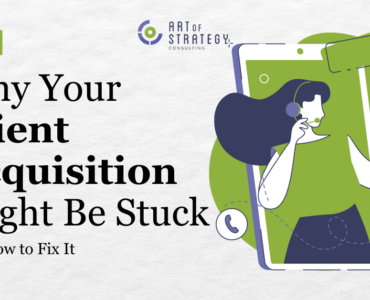How to Create an Effective Marketing Budget for Your Small Business
In today’s digital world, marketing can often be the difference between success and failure. That’s why creating a budget that will maximize your results is important. This guide is perfect for you if you’re a small business owner. Here are five steps for creating an effective marketing budget.
Step 1: Set Your Goals and Objectives
Before you start creating your budget, it’s important to take some time to think about your goals and objectives. For example, what do you want to achieve with your marketing efforts? Are you looking for more sales? More leads? More brand recognition? Or something else entirely? Clear goals and objectives will help inform the rest of the decisions you make when creating your budget.
Step 2: Estimate Your Costs
The next step is to estimate how much it will cost to achieve those goals and objectives. This includes upfront costs (such as website design, advertising campaigns, etc.) and ongoing costs (such as monthly website hosting fees). In addition, include any costs associated with creative materials such as graphics or videos. Knowing how much money you’ll need upfront can help inform how much money needs to be allocated in your budget each month or year.
Step 3: Consider Your Resources
Now that you know what it will cost, it’s time to consider what resources are available. This includes monetary resources (such as cash reserves) and non-monetary resources (such as existing staff or contacts). Of course, the more resources available, the easier it will be to create a successful marketing plan on a limited budget. However, if resources are limited, don’t worry—plenty of options are still available for businesses with smaller budgets.
Step 4: Compare Options
Once you know what resources are available, it’s time to compare different options for achieving your goals within those constraints. For example, if you’re looking for ways to increase brand awareness without spending too much upfront, consider using social media instead of traditional advertising campaigns. Similarly, if you’re looking for ways to drive website traffic without spending too much money on SEO services, consider content marketing instead. By comparing different options side-by-side, you’ll be able to find the one that best fits your needs—and your budget!
Step 5: Track Results and Adjust Accordingly
Finally, once your budget is set up and your campaigns are launched or running smoothly, don’t forget to track results and adjust accordingly. Regularly check in on KPIs like website traffic or conversion rates to see whether or not changes need to be made to get better results from your campaigns—or even switch up strategies completely if necessary! Tracking results is key to maximizing ROI from any marketing effort—not just those related directly to budgets!
Writing an effective marketing budget can seem daunting at first glance—but with the right steps in place, it doesn’t have to be overwhelming! By setting clear goals and objectives first; estimating costs; considering all possible resources; comparing different options, and tracking results over time; any small business owner can easily create a successful campaign that meets their needs without breaking the bank! With these simple steps in mind writing an effective marketing budget can become second nature—allowing businesses of all sizes to make the most out of their limited digital presence.
Whether you are new to using digital marketing or well-established, we can help. We’re Art of Strategy, and we want to meet you. Contact us today!
Related Posts
Categories
- Advertising(13)
- Branding(88)
- Design(55)
- Developing(10)
- Illustration(41)
- Interactive Marketing Strategy(74)
- Interactive Marketing Thoughts(49)
- Management(34)
- Market Expansion(2)
- Marketing(28)
- Modern(26)
- News(29)
- Outreach(3)
- Programming(12)
- SEO(85)
- Services(2)
- Social Networking(50)
- Trending(25)
- Uncategorized(18)
- Website traffiking(1)






